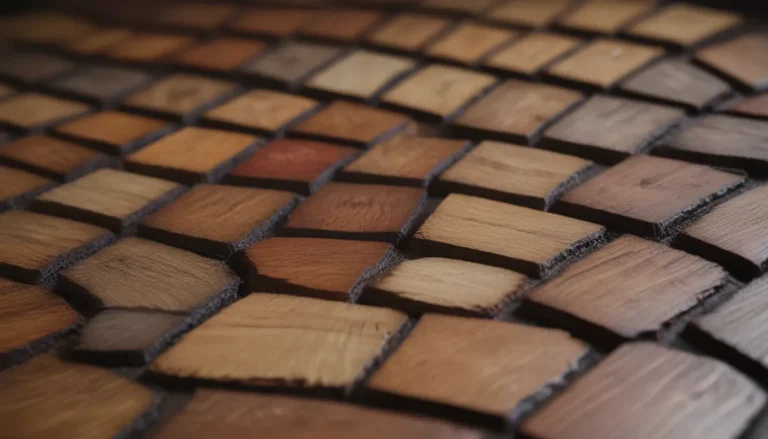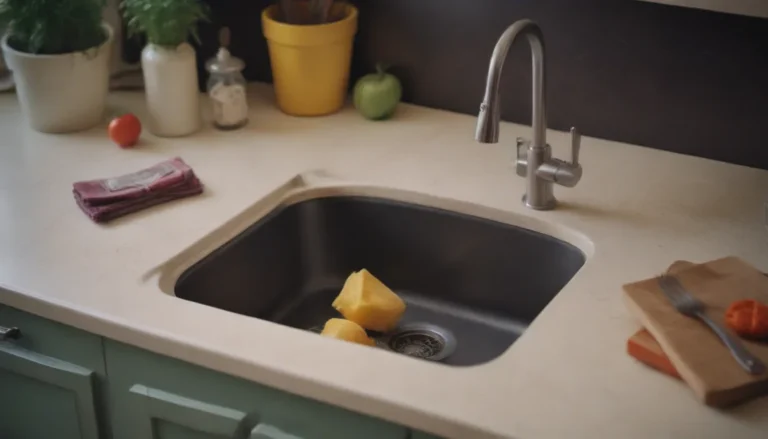Understanding Lacquer Thinner and Paint Thinner: What You Need to Know

Are you confused about the difference between lacquer thinner and paint thinner? These powerful solvents are essential for oil-based paints, lacquers, stains, and varnishes, but they serve different purposes. Let’s dive into the details and discover when to use each product, their similarities and differences, safety precautions, and environmental concerns.
What Are Thinners?
Before we delve into the specifics of lacquer thinner and paint thinner, let’s first understand what thinners are. A thinner is a liquid that is added to a thicker liquid, such as paint, to reduce its viscosity and make it easier to apply using a brush, roller, or spray gun.
What Is Lacquer Thinner?
Lacquer thinner is a potent liquid thinner and solvent that typically contains up to 10 different ingredients. It is uniquely formulated to thin out lacquers, which can be too thick to apply smoothly. Thicker lacquer application can lead to a flawed finish with a bumpy or pitted texture.
Just like water thins out water-based products, lacquer thinner has the right chemical properties to break down the molecules in lacquers. While effective, lacquer thinner comes at a higher price point, typically around $20 per gallon. Due to its hazardous nature, lacquer thinner should never be disposed of down the drain and should be handled with care.
What Is Paint Thinner?
On the other hand, paint thinner is a general term used to describe any liquid product that thins or acts as a solvent for oil-based paints and coatings. While the ingredients in paint thinner can vary, most products are made from pure mineral spirits. However, eco-friendly alternatives derived from organic materials like citrus, soy, or pine are also available.
Paint thinner serves a similar purpose to lacquer thinner but is generally less potent and aggressive. It is also hazardous and should be disposed of properly to prevent environmental contamination.
When to Use
It’s essential to understand when to use lacquer thinner versus paint thinner to achieve the best results for your project.
Lacquer Thinner:
- Best for thinning lacquers
- Use sparingly due to high cost
- Effective for cleaning tough substances like inks and adhesives
Paint Thinner:
- Ideal for thinning oil-based paints and coatings
- Typically a more affordable option than lacquer thinner
- Less aggressive but still effective for cleaning oily surfaces
Tip: Paint thinner should not be used to remove dried or cured paint. Opt for a liquid paint remover or paint stripper for these situations.
Similarities and Differences
While lacquer thinner and paint thinner share some similarities, they also have key differences that make them suitable for specific applications.
Similarities:
- Effective with oil-based coatings
- Considered hazardous waste
- Can damage plastic and rubber
- Used for cleaning oily tools
Differences:
- Lacquer thinner is more potent and expensive
- Paint thinner has a lower odor and is typically more affordable
- Lacquer thinner is faster acting and aggressive, while paint thinner is slower acting
Lacquer Thinner vs. Paint Thinner Strength
In terms of strength, lacquer thinner reigns supreme over paint thinner. Its powerful formula can even soften cured lacquers, making it a valuable tool for tough cleaning tasks. On the other hand, paint thinner is milder and slower-acting, mainly effective on wet coatings. While both products have their strengths, it’s crucial to use the right one for your specific needs to avoid damaging surfaces.
Safety and Environmental Concerns
Both lacquer thinner and paint thinner are considered hazardous materials and should be handled with care to ensure safety and prevent environmental harm. When working with these products, follow these safety precautions:
- Wear chemical-resistant goggles, gloves, and breathing protection
- Work in well-ventilated areas
- Do not dispose of these products down the drain
It’s important to note that volatile organic compounds (VOCs) are emitted by both lacquer thinner and paint thinner, posing health risks both immediately and in the long term. While both products release VOCs, lacquer thinner produces less than paint thinner. Be sure to research responsible disposal options in your area to properly dispose of hazardous waste materials.
In conclusion, understanding the differences between lacquer thinner and paint thinner is essential for achieving the best results in your painting and finishing projects. By following safety protocols, choosing the right product for the job, and disposing of waste responsibly, you can work efficiently while minimizing environmental impact. Whether you’re a DIY enthusiast or a professional painter, having a good grasp of these essential solvents will elevate the quality of your work and ensure a safe working environment.





